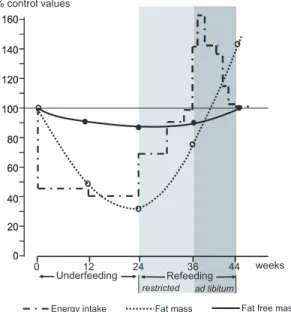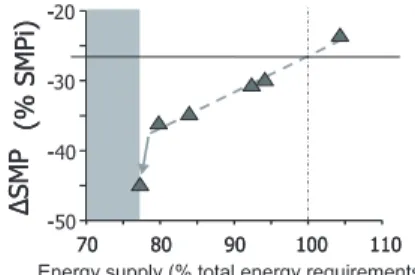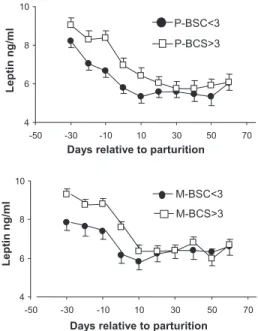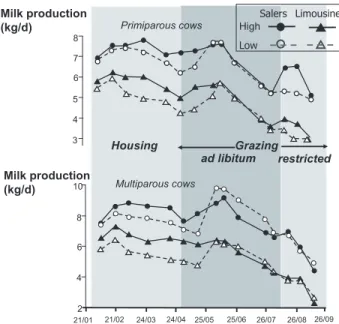Adaptive abilities of the females and sustainability of ruminant livestock systems. A review
Texte intégral
Figure
![Figure 1. E ff ect of stocking density on the social and feeding behaviour of grazing red deer hinds (adapted from Blanc and Thériez [8])](https://thumb-eu.123doks.com/thumbv2/123doknet/13934994.451097/5.753.113.630.111.372/figure-stocking-density-feeding-behaviour-grazing-adapted-thériez.webp)

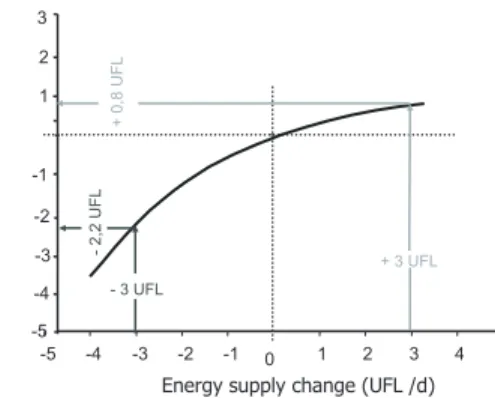

Documents relatifs
In pastoral systems of sub‐Saharan countries, the link between spatial organisation and social dimensions have been largely studied
E n temps de crise et de pénurie budgétaire, des choix judicieux doivent être faits pour l’éla- boration de la politique des soins de santé, non seulement en Bel- gique, mais
However, there is also indirect evidence for the origin of B cells from stem cells, as supranormal amounts of B-cell precursors are frequently found in the marrow at 2– 12 months
Three studies were conducted to test the influence of the animal species (two studies on bovines and one study on ovines), of the nature of the diet (grass vs. maize silage, lucerne
The phenotypic correlation, with respect to the homozygote type, between albumen weight and yolk weight proved to be
In this background, the mechanical plasticity of a cell or a tissue would correspond to a permanent and irreversible deformation occurring through a change in the organization of
models, for black spruce (A), Eastern white pine (B) and Jack pine (C) vs. independent explanatory variables. Positive correlation appears in greyscale, whereas negative
Stratification of livestock systems, under which drier zones produce feeder animals that can then be fattened in the higher-rainfall and therefore less drought-prone highlands of

